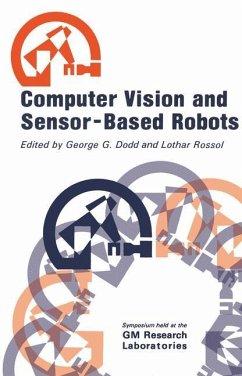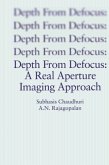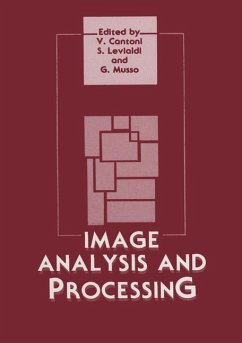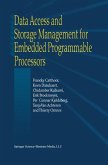The goal ofthe symposium, "Computer Vision and Sensor-Based Robots," held at the General Motors Research Laboratories on September 2S and 26, 1978, was to stimulate a closer interaction between people working in diverse areas and to discuss fundamental issues related to vision and robotics. This book contains the papers and general discussions of that symposium, the 22nd in an annual series covering different technical disciplines that are timely and of interest to General Motors as well as the technical community at large. The subject of this symposium remains timely because the cost of computer vision hardware continues to drop and there is increasing use of robots in manufacturing applications. Current industrial applications of computer vision range from simple systems that measure or compare to sophisticated systems for part location determination and inspection. Almost all industrial robots today work with known parts in known posi tions, and we are just now beginning to see the emergence of programmable automa tion in which the robot can react to its environment when stimulated by visual and force-touch sensor inputs. As discussed in the symposium, future advances will depend largely on research now underway in several key areas. Development of vision systems that can meet industrial speed and resolution requirements with a sense of depth and color is a necessary step.
Hinweis: Dieser Artikel kann nur an eine deutsche Lieferadresse ausgeliefert werden.
Hinweis: Dieser Artikel kann nur an eine deutsche Lieferadresse ausgeliefert werden.








